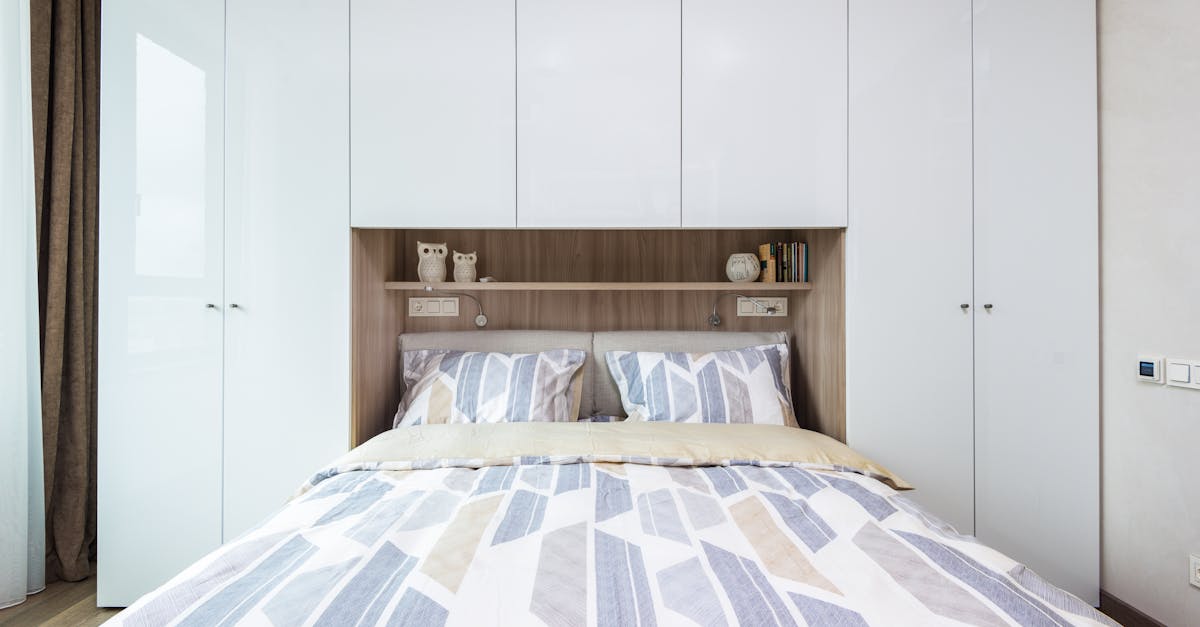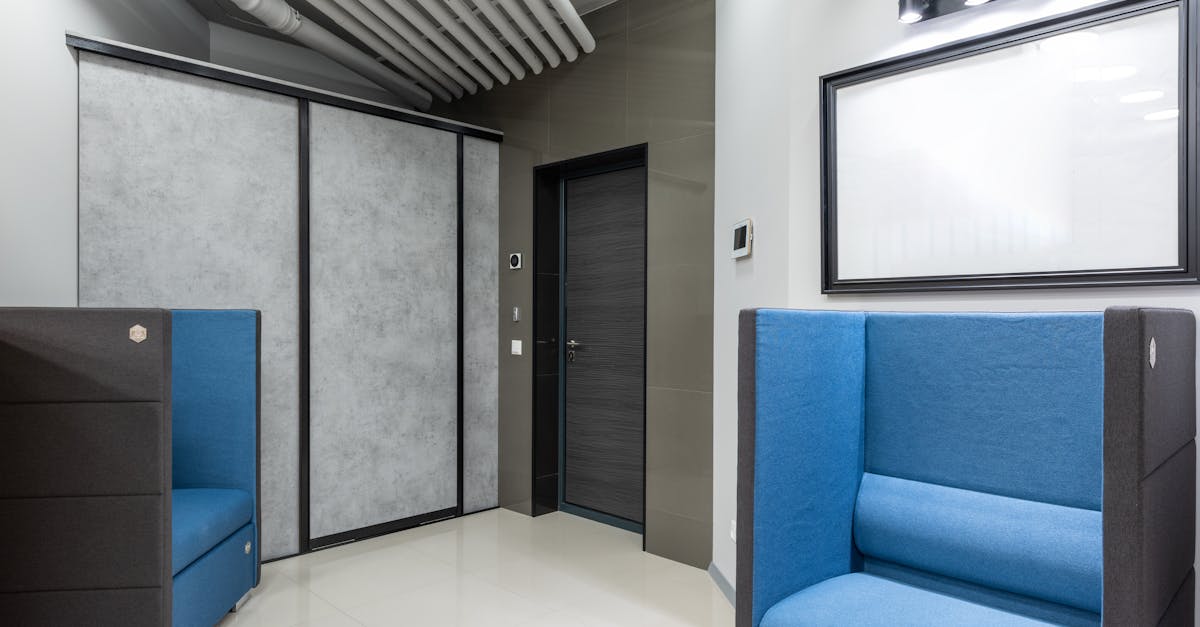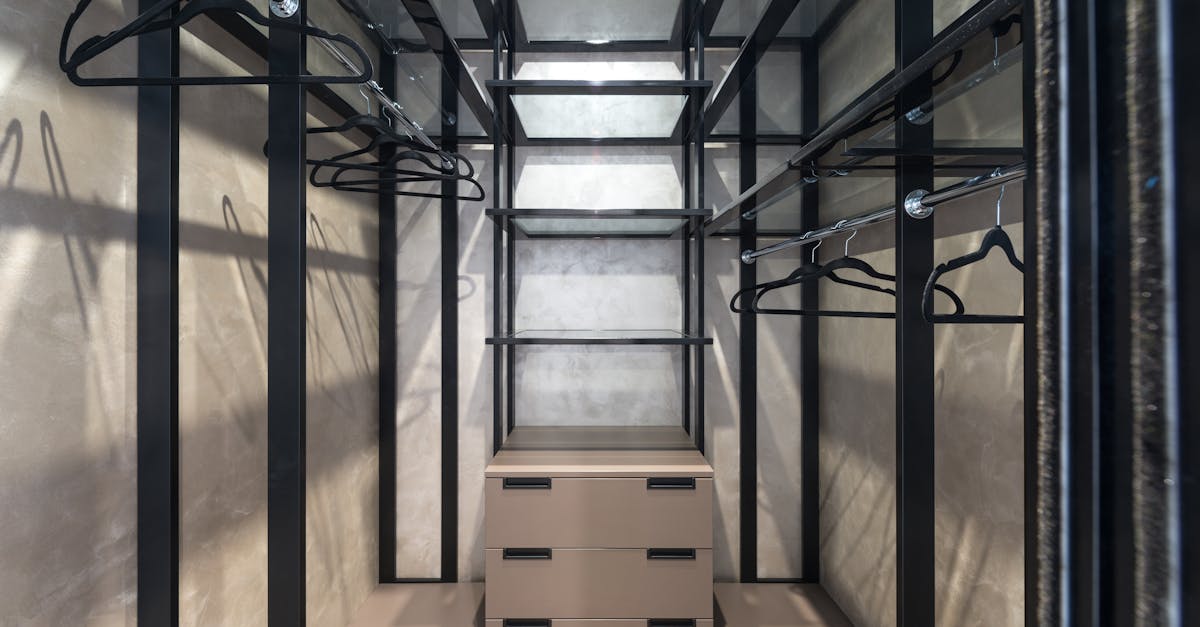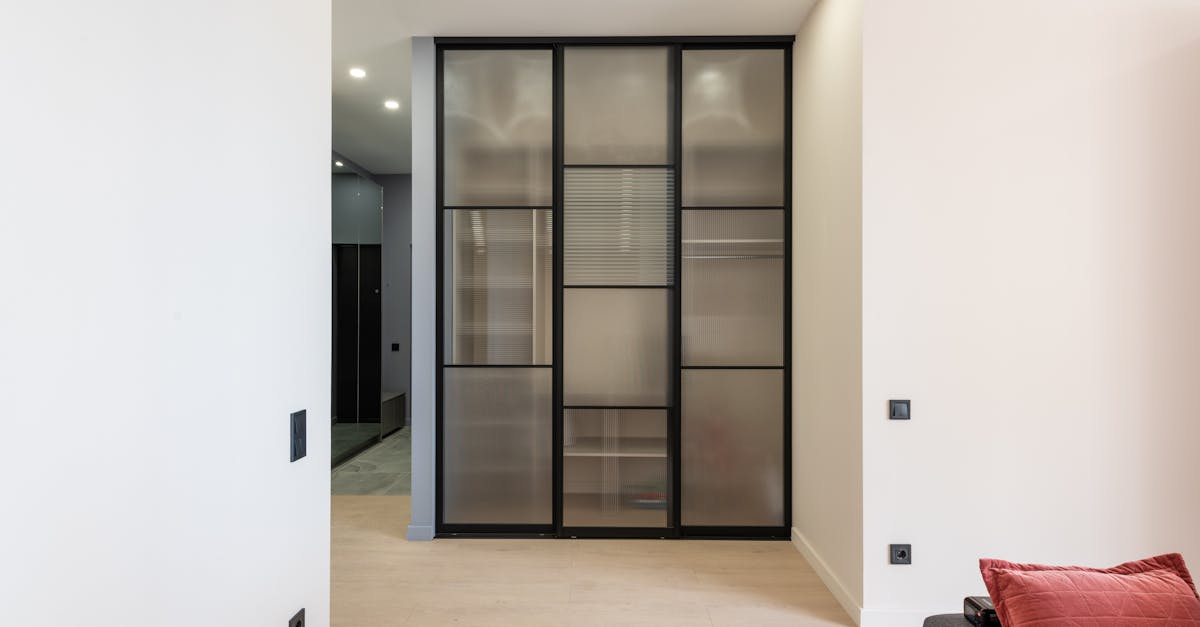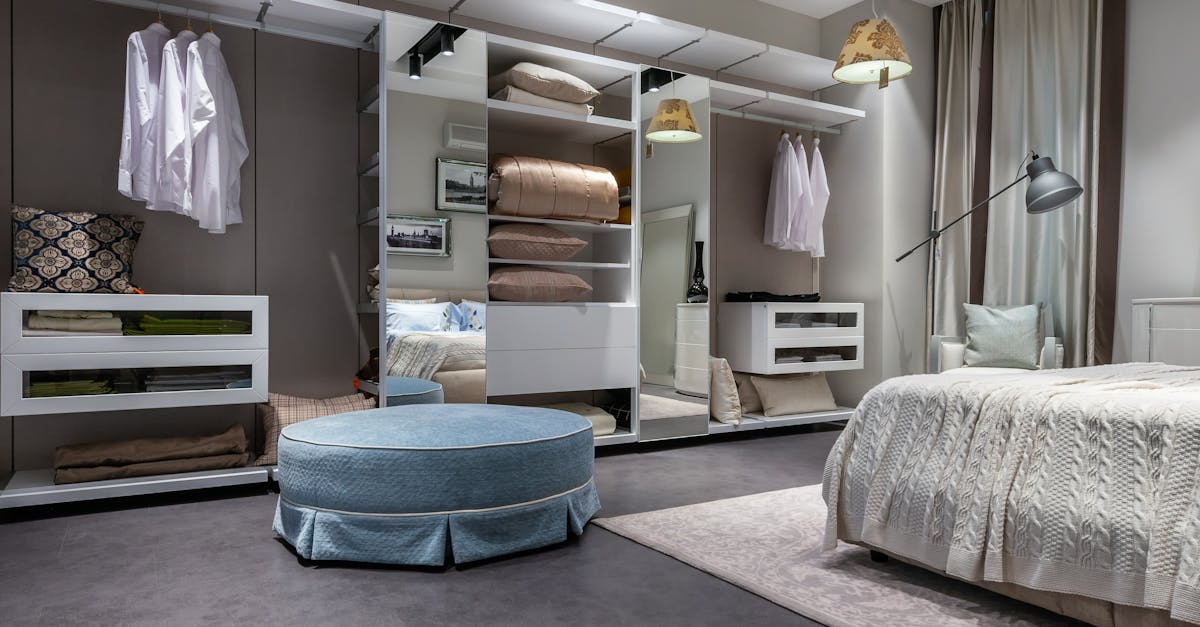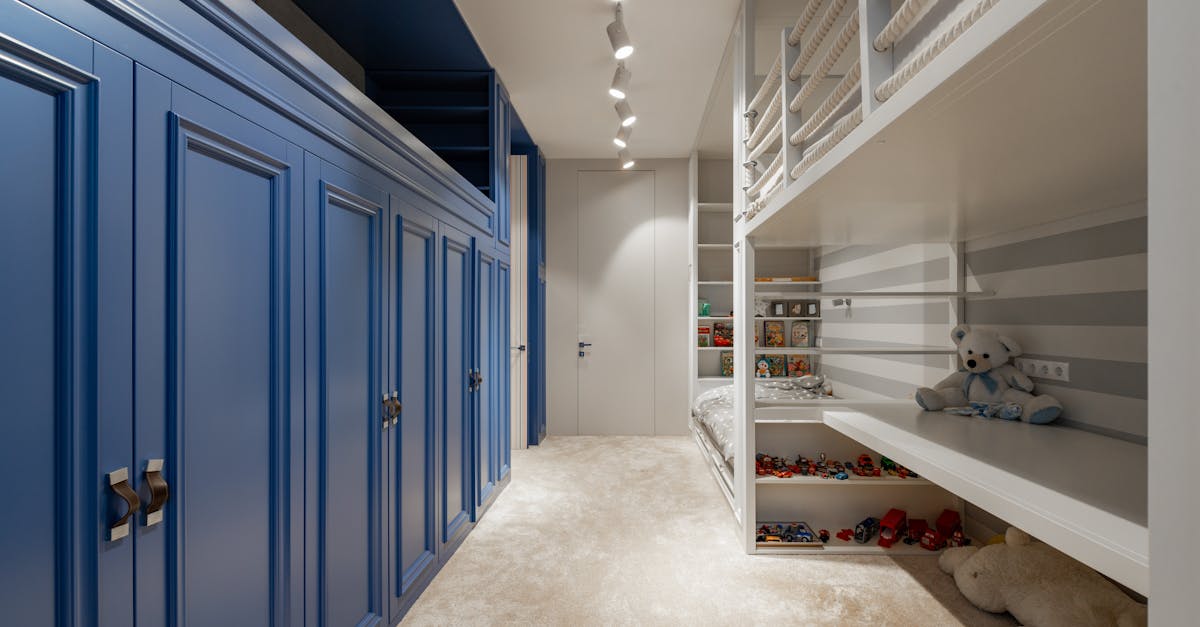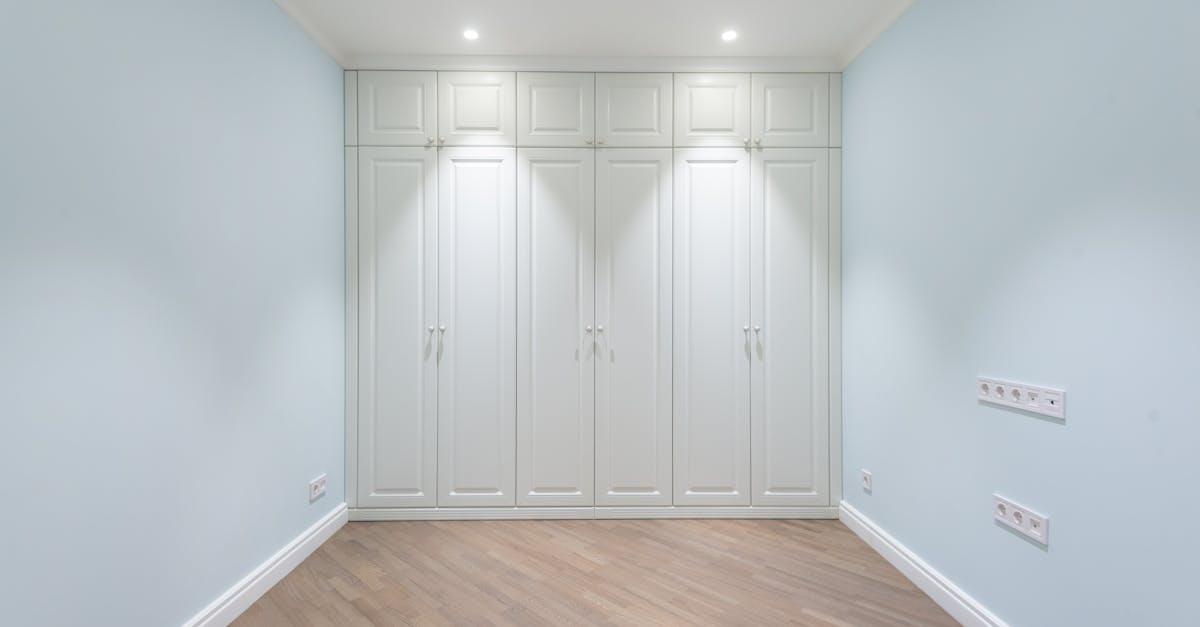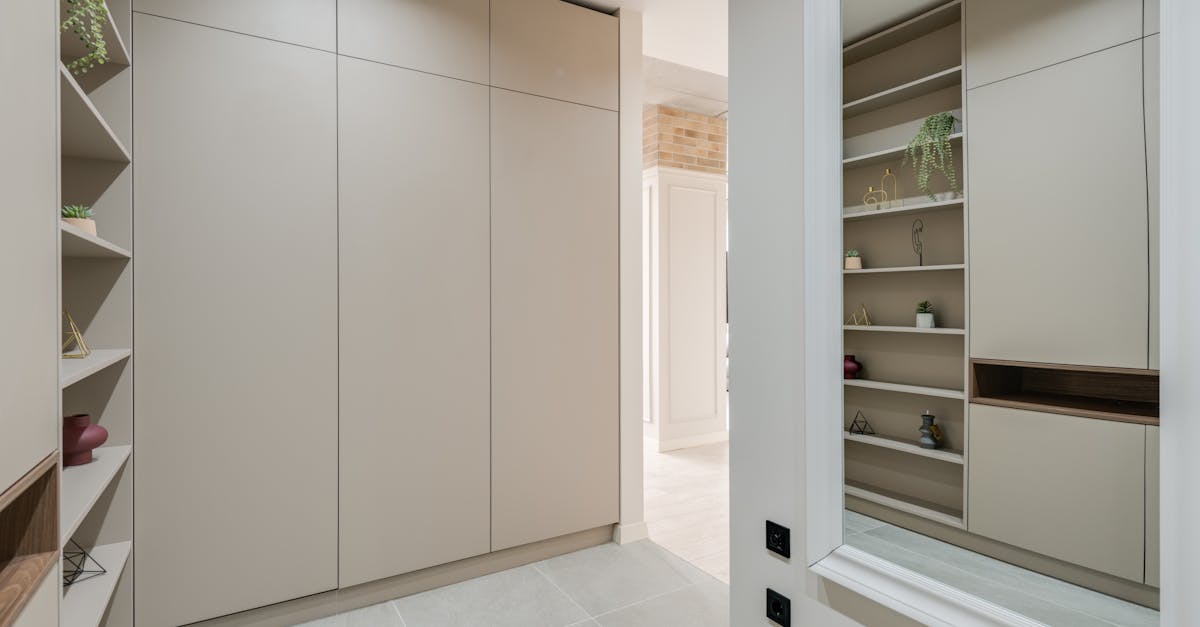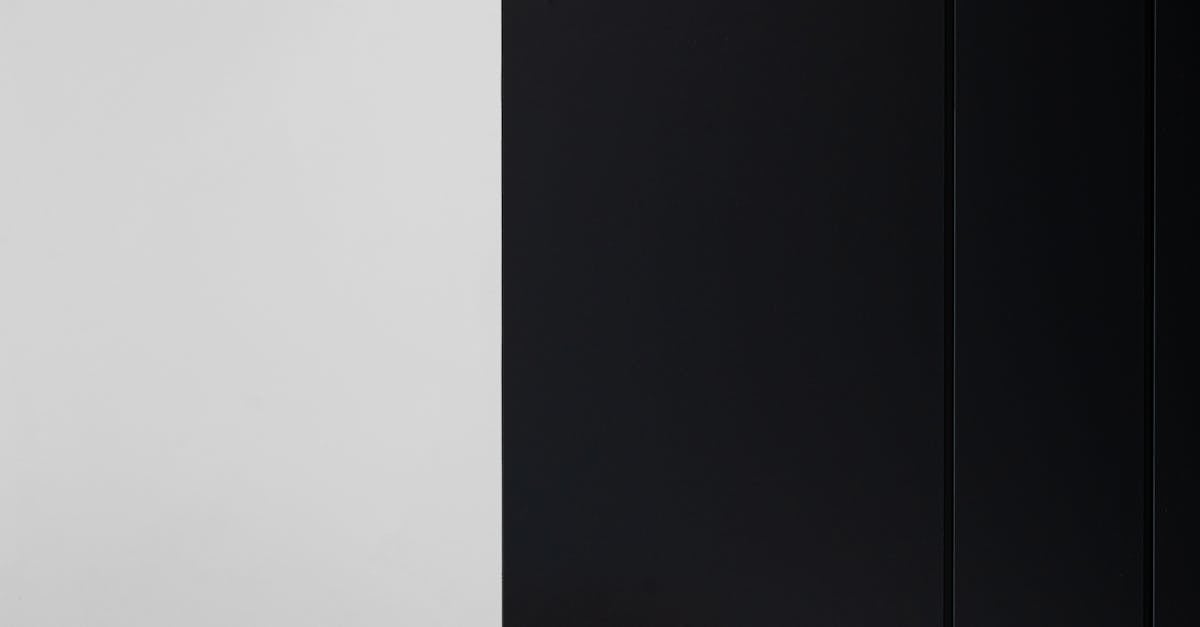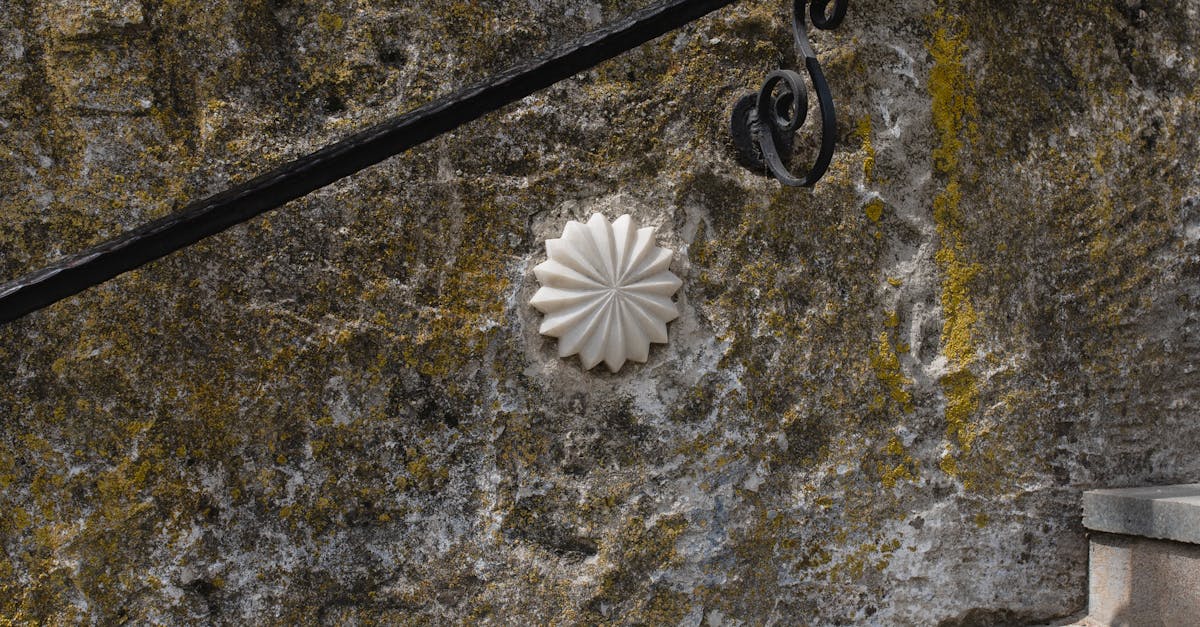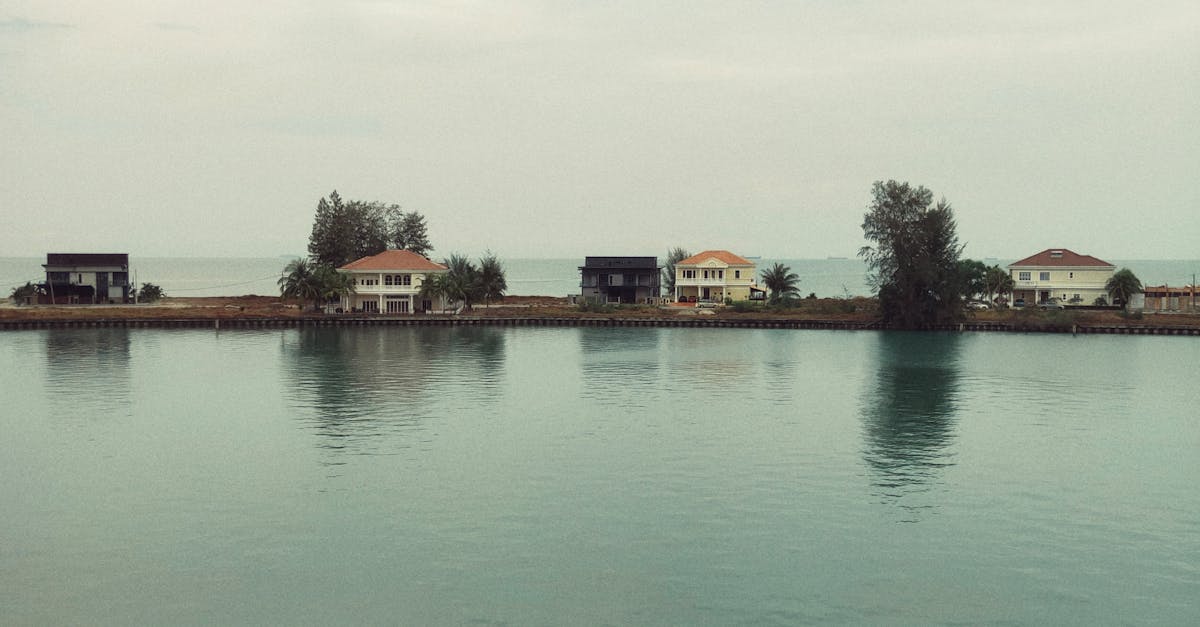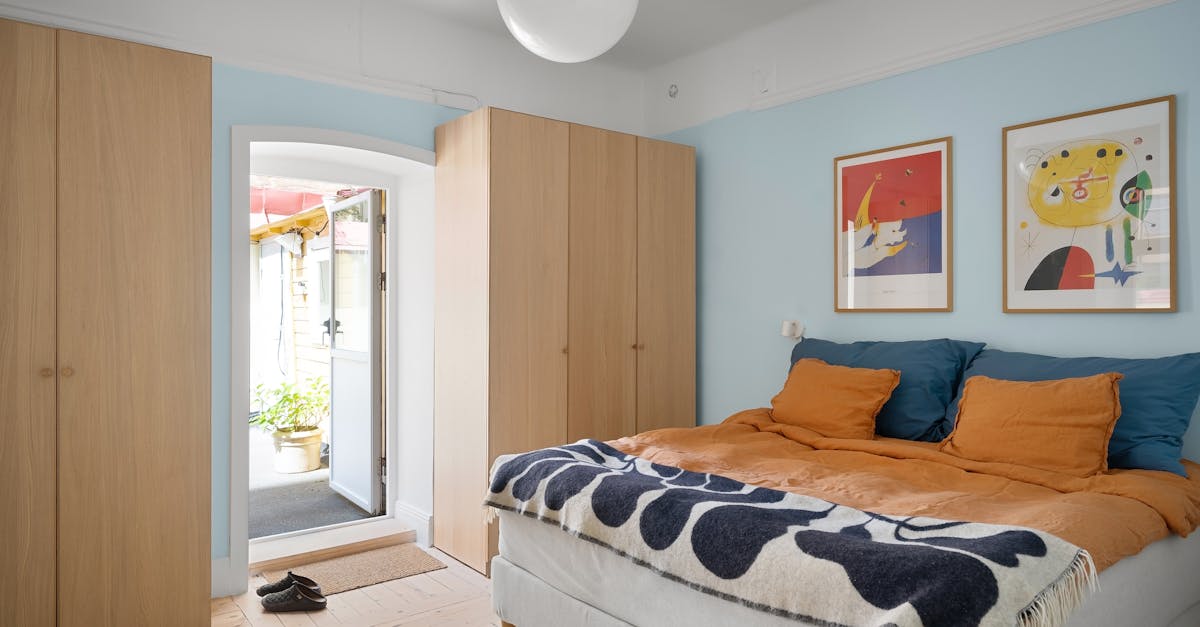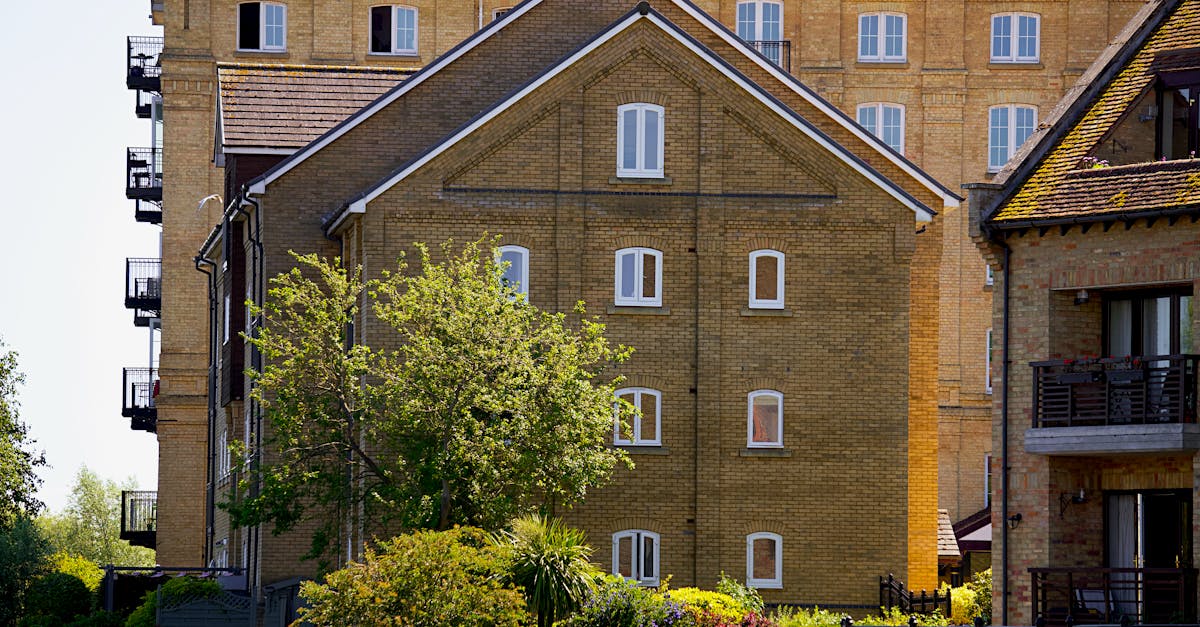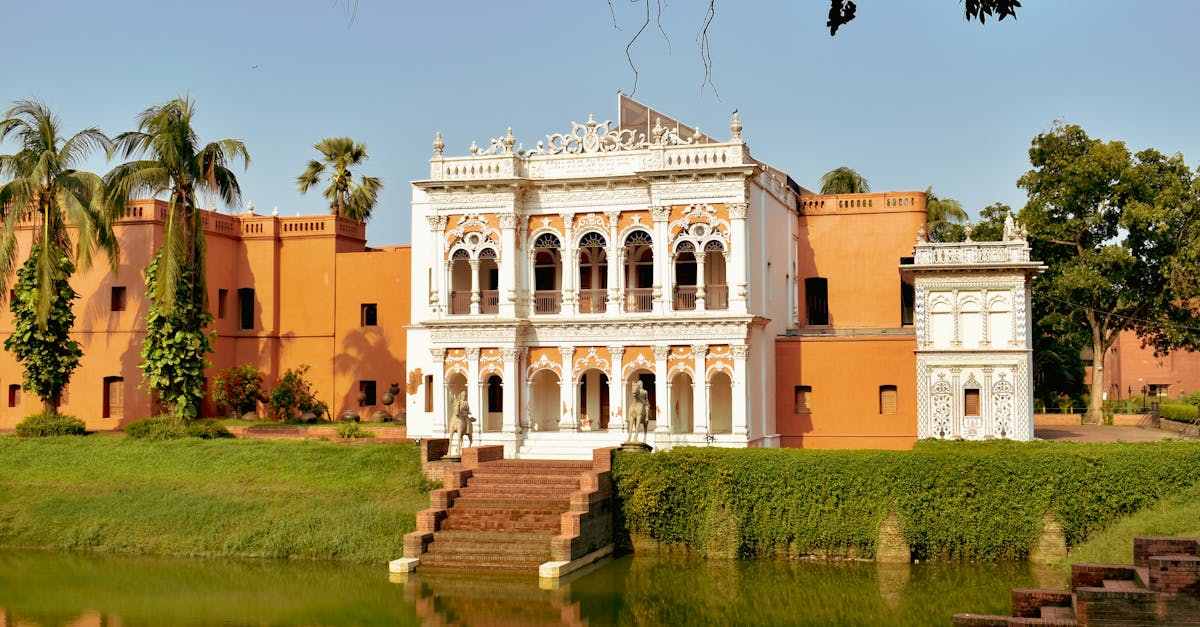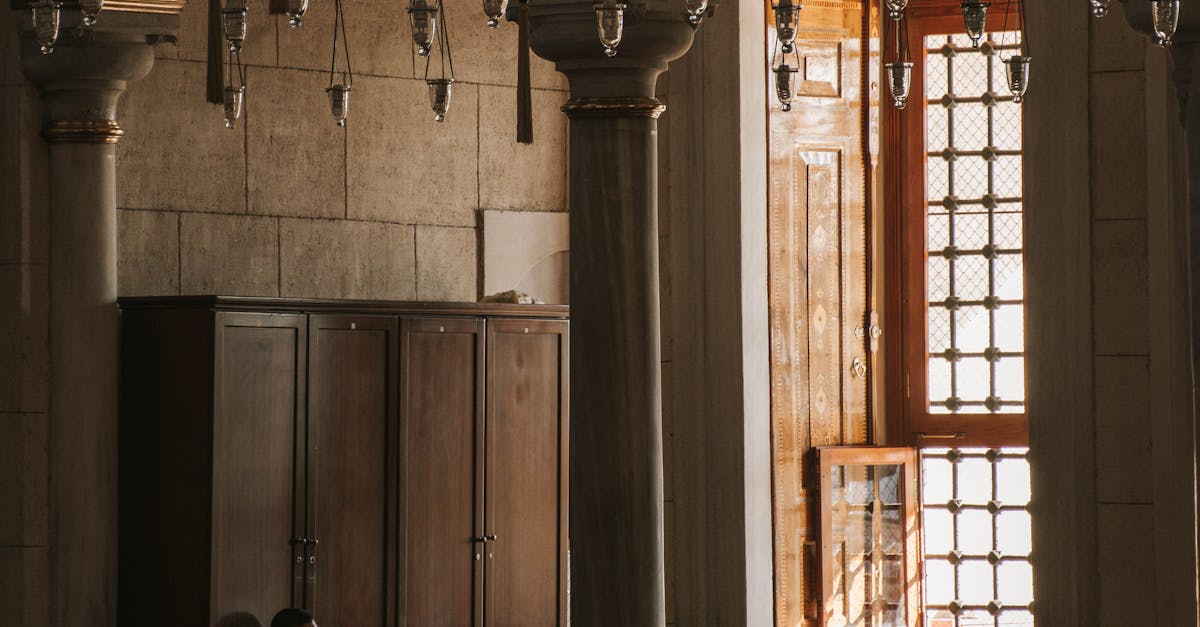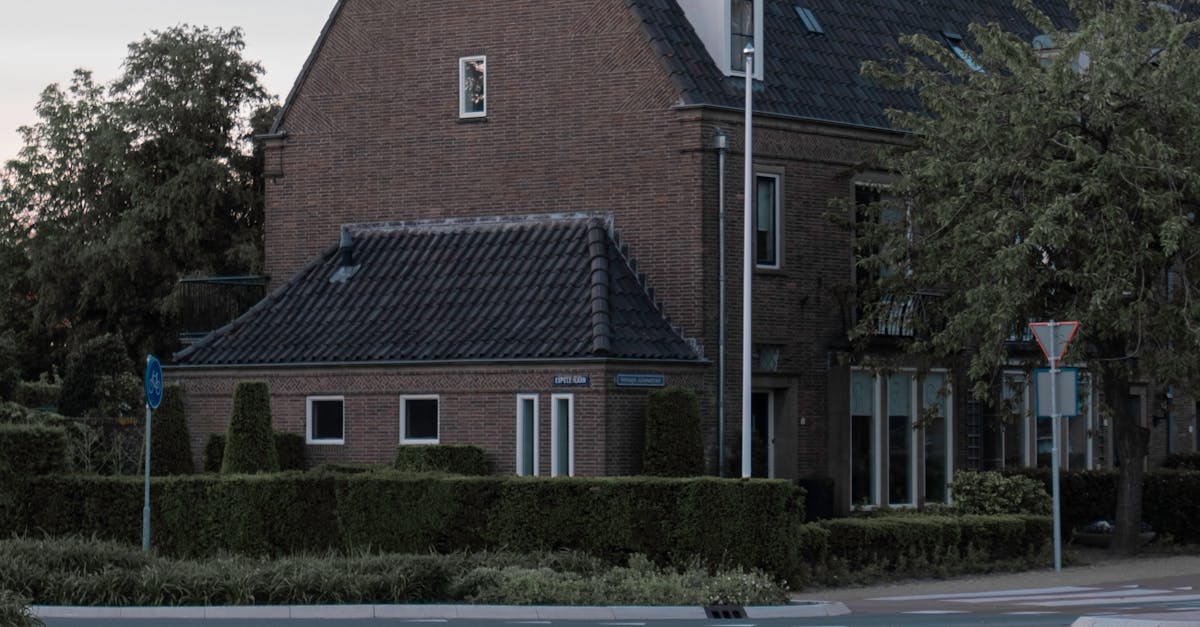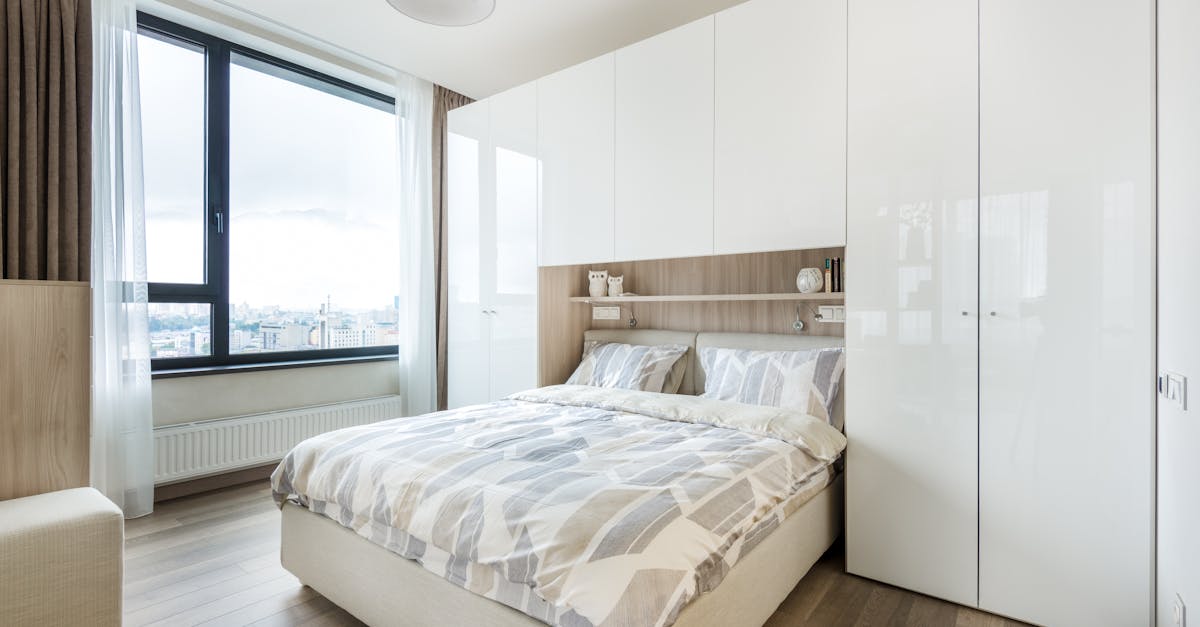
Table Of Contents
Size and complexity of the wardrobe design impacting costs
Custom built-in wardrobes in Australia can vary significantly in price, mainly due to the size and complexity of the design. In areas like Alexandria, New South Wales, homeowners often opt for tailored solutions to maximise space and aesthetics. However, with increased customisation and additional features such as sliding doors, integrated lighting, or built-in drawers, the cost of the wardrobe can escalate rapidly. Each unique design element contributes to the overall price, making elaborate wardrobes a luxury investment for many Australians.
When considering built-in wardrobes in Alexandria, New South Wales, larger designs with intricate details tend to incur higher costs. The size of the wardrobe not only affects the materials required but also impacts the labour involved in manufacturing and installation. Moreover, complex designs demand precise craftsmanship, contributing to the overall expense. In affluent areas like Alexandria, homeowners are willing to invest in custom wardrobes that reflect their style and functionality preferences, regardless of the price tag.
Larger wardrobes with intricate details costing more
Designing and constructing larger wardrobes with intricate details can significantly increase the overall cost of a built-in wardrobe. These custom-built pieces require more materials, specialised craftsmanship, and attention to detail which all contribute to the higher price tag. In areas like Alexandria, New South Wales, where there is a demand for unique and high-quality storage solutions, the cost for such bespoke wardrobes tends to be elevated compared to standard designs.
In New South Wales, particularly in Alexandria, the market for custom built-ins and closets is competitive, driving suppliers to offer intricate details and luxurious finishes to attract consumers. As a result, the pricing for larger wardrobes with intricate details is influenced by the demand for these customised pieces. Consumers in Alexandria have shown a preference for wardrobes that not only provide ample storage space but also serve as a stylish focal point in their living spaces, leading to a higher cost for these bespoke designs.
Location and accessibility influencing the overall price
Location significantly impacts the overall price of built-in wardrobes, especially when considering delivery and installation expenses. Suppliers often have to factor in transportation costs for reaching remote areas, adding to the final amount that customers have to pay. For instance, the cost of delivering and installing Custom Built-Ins and Closets in Alexandria, New South Wales, may vary compared to a similar service in a more accessible location.
Moreover, the demand for built-in wardrobes in specific regions can influence pricing. In areas where there is a higher concentration of customers looking for customised wardrobe solutions, suppliers may set their prices competitively to attract more business. This can create a scenario where customers in certain locations end up paying more due to the market trends and consumer preferences driving costs.
Delivery and installation expenses for remote areas
Custom Built-Ins and Closets in Alexandria, New South Wales can be an attractive option for homeowners seeking tailored storage solutions. However, when located in remote areas, the delivery and installation expenses can significantly increase the overall cost. Suppliers must factor in additional transportation costs for delivering materials to these locations, as well as the extra time and resources required for installation. These expenses can contribute to the higher price tags associated with built-in wardrobes in such areas, making them less cost-effective compared to more accessible locations.
Furthermore, the scarcity of qualified professionals in remote areas can also impact the installation expenses. With limited local resources available, suppliers may need to bring in external experts, further adding to the installation costs. The combination of transportation fees, scarcity of local professionals, and additional logistical challenges in remote areas all play a role in driving up the expenses of built-in wardrobes, making them a luxury investment for homeowners in such locations.
Competition among suppliers and demand affecting pricing
Competition among suppliers for custom built-ins and closets in Alexandria, New South Wales is a significant factor impacting pricing in the market. With numerous suppliers vying for the attention of consumers, pricing strategies become a crucial tool for companies looking to attract customers. The competitive environment often drives suppliers to offer competitive prices or bundle additional services to stand out in the market.
Moreover, the demand for custom built-ins and closets in Alexandria, New South Wales plays a pivotal role in pricing. When the demand for these products is high, suppliers may have the leverage to set higher prices due to the willingness of customers to pay a premium for bespoke wardrobes. Conversely, during periods of low demand, suppliers may need to adjust their pricing strategies to entice customers and remain competitive in the market.
Market trends and consumer preferences driving costs
Market trends play a crucial role in dictating the pricing of built-in wardrobes. Consumer preferences heavily influence the features, materials, and finishes that are in demand, impacting the overall cost of custom-built wardrobes. For instance, in the current market scenario, there is a growing preference for sleek, modern designs with innovative storage solutions, driving up the prices for such bespoke wardrobes.
Custom Built-Ins and Closets in Alexandria, New South Wales, are particularly influenced by consumer preferences in the area. As more homeowners seek unique and personalised storage solutions, suppliers are compelled to offer a wide range of customisation options and premium finishes. This aligns with the market trend of bespoke, high-quality wardrobes, further propelling the costs of these built-in features.
FAQS
Why do built-in wardrobes tend to be more expensive than standalone wardrobes?
Built-in wardrobes are typically custom-made to fit specific spaces and requirements, leading to higher costs compared to mass-produced standalone wardrobes.
How does the size and complexity of the wardrobe design impact the pricing?
Larger wardrobes with intricate details require more material and labour, resulting in higher production costs that are passed on to the customer.
What role does location and accessibility play in the overall price of built-in wardrobes?
Delivery and installation expenses may increase for remote areas or locations with limited accessibility, adding to the total cost of the built-in wardrobe.
How does competition among suppliers and demand influence the pricing of built-in wardrobes?
Competition in the market and fluctuating demand can affect pricing, with suppliers adjusting their prices based on market trends and consumer preferences.
Are there any market trends or consumer preferences that drive the costs of built-in wardrobes?
Yes, market trends such as the popularity of specific materials, finishes, or design styles can impact the pricing of built-in wardrobes as suppliers cater to consumer demands, which may involve higher production costs.



